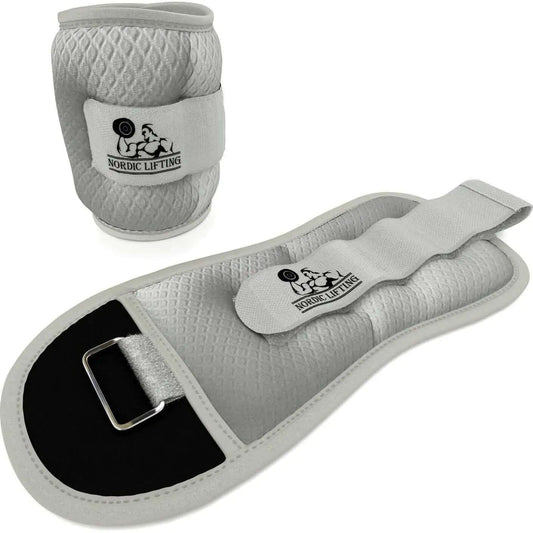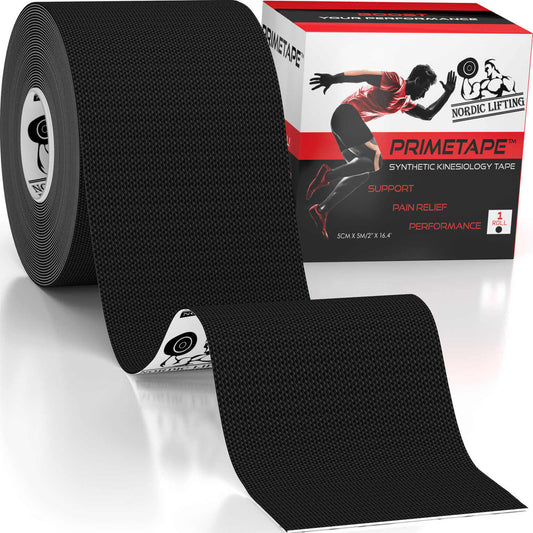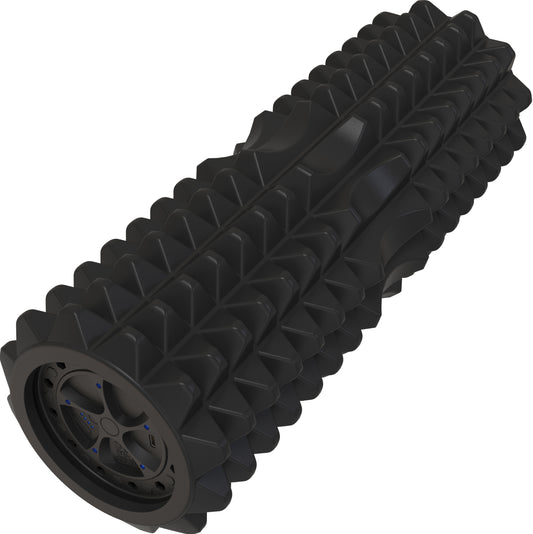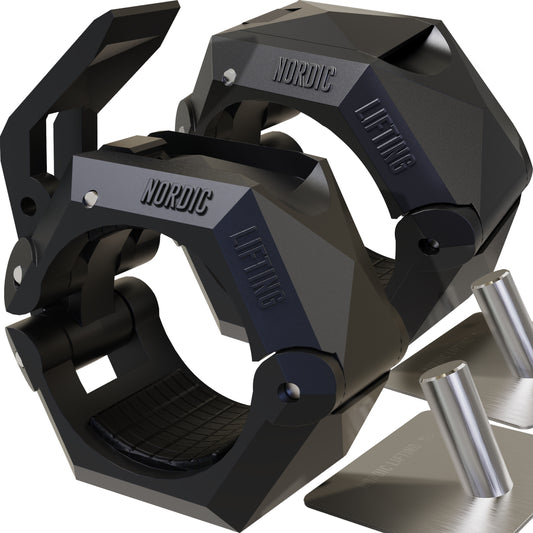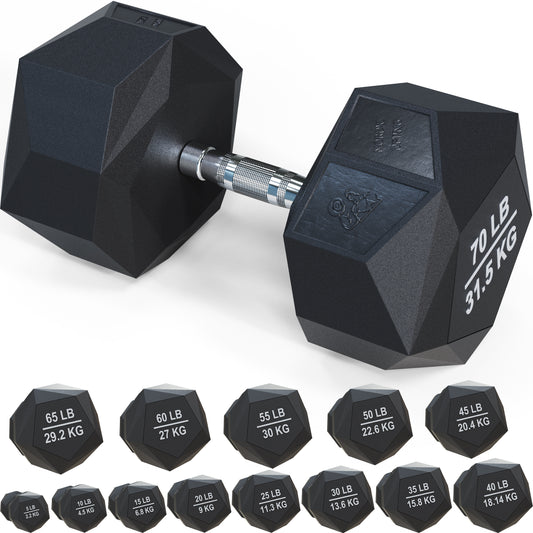Last Updated: February 10, 2025
Foam rolling is a popular recovery tool used by many to enhance physical well-being and improve fitness routines. While it offers great benefits, there are common mistakes that can hinder progress and even cause discomfort. Avoiding these mistakes can help individuals maximize the advantages of foam rolling and achieve better muscle recovery.
Many people underestimate the importance of using the right foam roller or applying the correct technique. Missteps such as rolling on injured areas or overdoing the sessions can lead to frustration and diminished results. By being aware of these pitfalls, anyone can transform foam rolling from a simple exercise into an effective myofascial release practice.
Understanding the common errors in foam rolling is essential for anyone looking to incorporate this technique into their recovery regime. With the right approach, individuals can experience improved muscle flexibility and a quicker recovery process.
Key Takeaways
- Common foam rolling mistakes can reduce its effectiveness and lead to discomfort.
- Using the appropriate roller and technique enhances the benefits of foam rolling.
- Being mindful of frequency and targeted areas improves overall recovery.
Identifying Common Foam Rolling Mistakes
Many individuals make common foam rolling mistakes that can limit its effectiveness. Recognizing these errors is essential for improving muscle recovery and reducing discomfort. This section focuses on avoiding sensitive areas, applying proper technique, and addressing muscle imbalances.
Avoiding Sensitive Areas
One major mistake is foam rolling directly on sensitive or injured areas, like the IT band or shoulder blades. Instead, it is crucial to avoid bony areas to prevent discomfort and potential bruising. Rolling over knots in muscles can create unwanted pain. Effective foam rolling targets tight muscles without causing harm.
Instead of applying pressure directly on sensitive spots, one should focus on surrounding muscles. This helps to boost blood flow around the area and promotes recovery while minimizing soreness. A good practice is to roll around tight areas rather than directly on them.
Proper Technique and Pressure Application
Another common mistake involves incorrect technique and pressure application. Many mistakenly believe that foam rolling should always hurt, leading to excessive pressure. This can cause pain rather than relief. The goal is not to bruise or irritate the muscle but to release tension.
Using the body weight to control pressure, rather than pressing down too hard, allows the muscle to relax. Additionally, rolling in the wrong direction can impede recovery. Moving slowly up and down the muscle helps identify trigger points and tense areas, making it easier to alleviate muscle soreness. This controlled approach ensures a more effective practice.
Addressing Muscle Imbalances and Tension
Addressing muscle imbalances is vital for preventing future injuries. Tight muscles can lead to improper posture, resulting in discomfort and further issues. It's essential to identify specific areas of tension and adjust the foam rolling routine accordingly.
For example, if one area is tighter than others, extra time should be spent on it. Focusing on imbalances helps to restore proper function and flexibility. By doing so, individuals can effectively reduce muscle tension and ensure a more balanced body. This careful attention can enhance overall foam rolling benefits and promote better recovery.
Maximizing Foam Rolling Benefits
To gain the most from foam rolling, it is essential to focus on its role in enhancing recovery and mobility. Proper techniques can lead to better blood flow, improved circulation, and greater flexibility.
Enhancing Recovery and Mobility
Foam rolling serves as an effective recover tool for those seeking to enhance muscle recovery. By applying pressure to specific areas, it promotes myofascial release, which helps alleviate tension in the soft tissue. This technique can aid in breaking down scar tissue and minimizing inflammation, thus reducing soreness after workouts.
For optimal results, target key muscle groups like the lats, quads, and glutes. Implementing gentle rolling on these areas can improve joint mobility and increase the range of motion. Using a softer foam roller may be beneficial for those new to foam rolling or those recovering from injuries.
Incorporating Foam Rolling into Fitness Regimens
Integrating foam rolling into a fitness plan can significantly boost muscular performance. It's recommended to use foam rolling before and after workouts. Pre-workout sessions help warm up the muscles, enhancing blood flow. This preparation reduces the risk of injury and improves postural control.
Post-exercise foam rolling assists in faster recovery by flushing out toxins and restoring muscle elasticity. It can be a valuable part of a self-rehabilitation strategy as well. Runners, in particular, can benefit from consistent foam rolling to maintain their flexibility and optimize their performance. Making time for foam rolling sessions can lead to sustained mobility and increased overall athletic effectiveness.
Frequently Asked Questions
Foam rolling can raise many questions regarding discomfort, safety, and effectiveness. Understanding these factors can help users get the most out of their foam rolling routine while avoiding potential issues.
Why does foam rolling cause discomfort or pain?
Discomfort or pain during foam rolling often comes from the pressure applied to tight muscles and fascia. These areas may have knots or adhesions that cause sensitivity when rolled. While some discomfort is normal, sharp pain should be avoided.
Is daily foam rolling recommended for muscle recovery?
Daily foam rolling can be beneficial for muscle recovery, especially after intense workouts. It aids in reducing muscle soreness and improving flexibility. However, individuals should listen to their bodies and adjust frequency based on personal needs and response.
Can foam rolling lead to physical harm or exacerbate conditions?
Yes, improper foam rolling techniques can lead to physical harm or worsen existing conditions. Rolling over injured areas or using excessive pressure may cause more damage. Seeking guidance from a professional can help minimize these risks.
What are the areas to avoid foam rolling for safety?
Certain areas should be avoided while foam rolling. These include joints, bony areas, and the lower back. Focusing on larger muscle groups, such as thighs and calves, is safer and more effective for maintenance and recovery.
How can overdoing foam rolling impact your body?
Overdoing foam rolling can lead to bruising, increased soreness, or even injury. The body needs time to recover from intense rolling sessions. It is important to balance foam rolling with adequate rest and other recovery methods.
Should hydration be considered post foam rolling sessions?
Drinking water helps replenish fluids lost during exercise and aids in muscle recovery. Staying hydrated can enhance the overall effectiveness of foam rolling and support muscle health.







